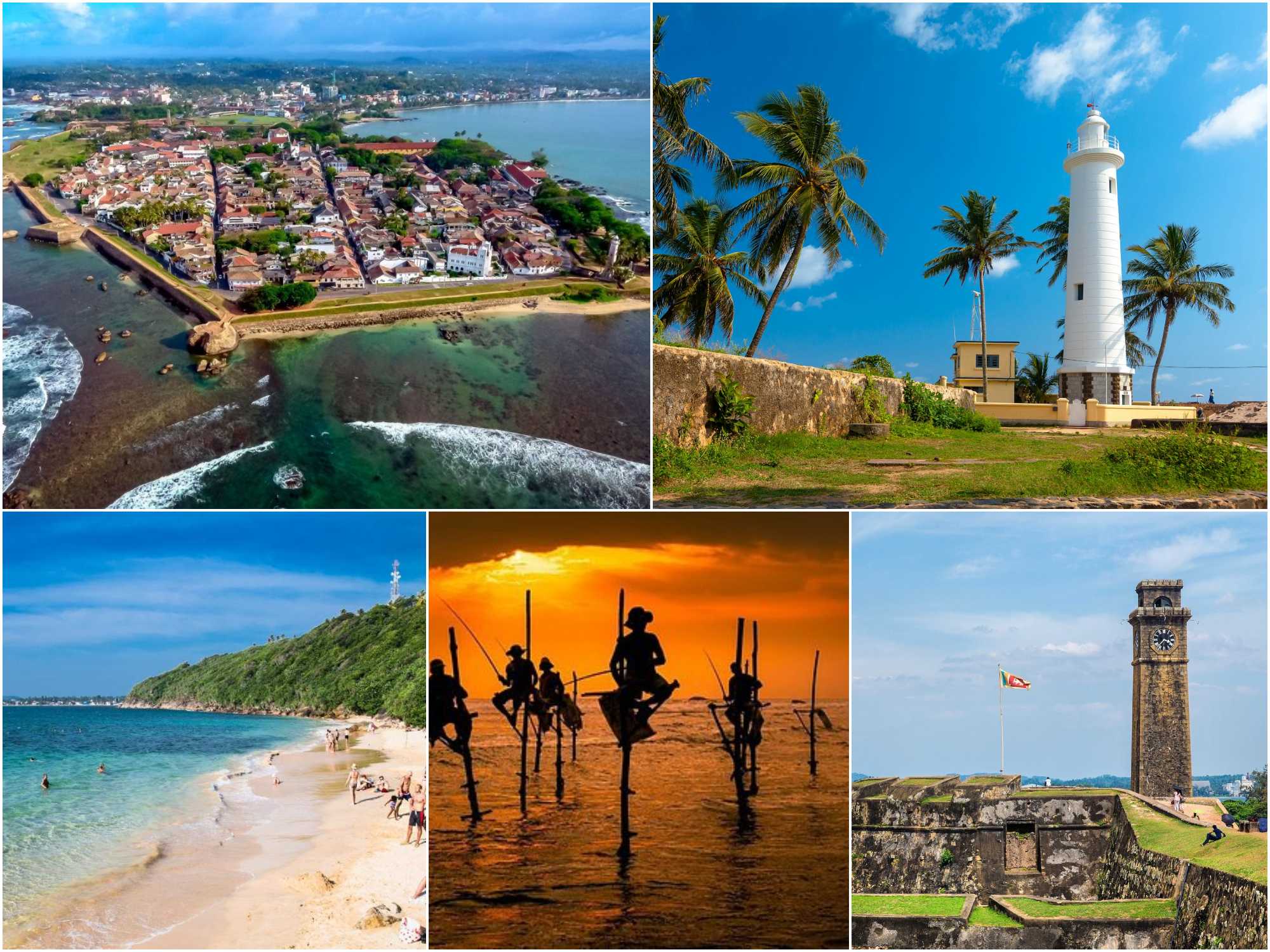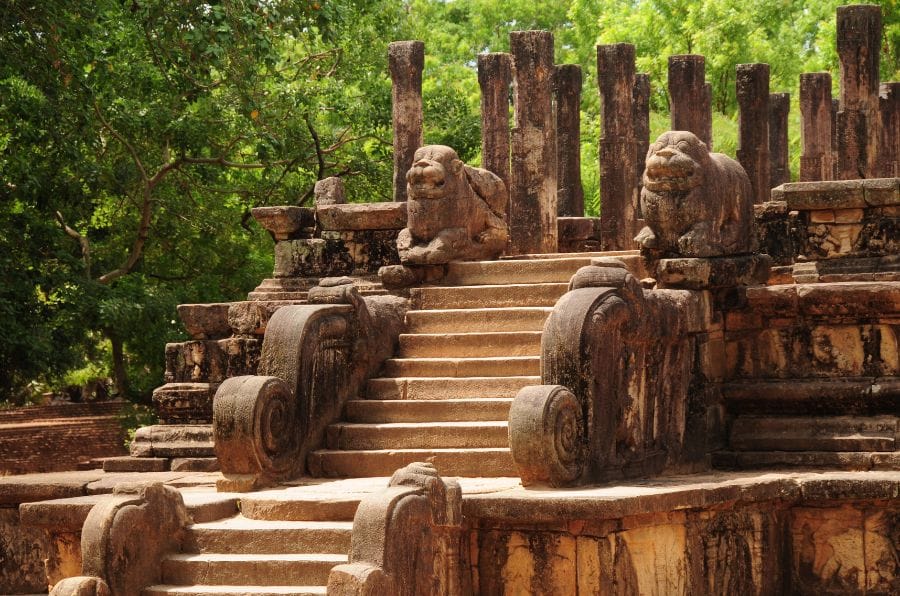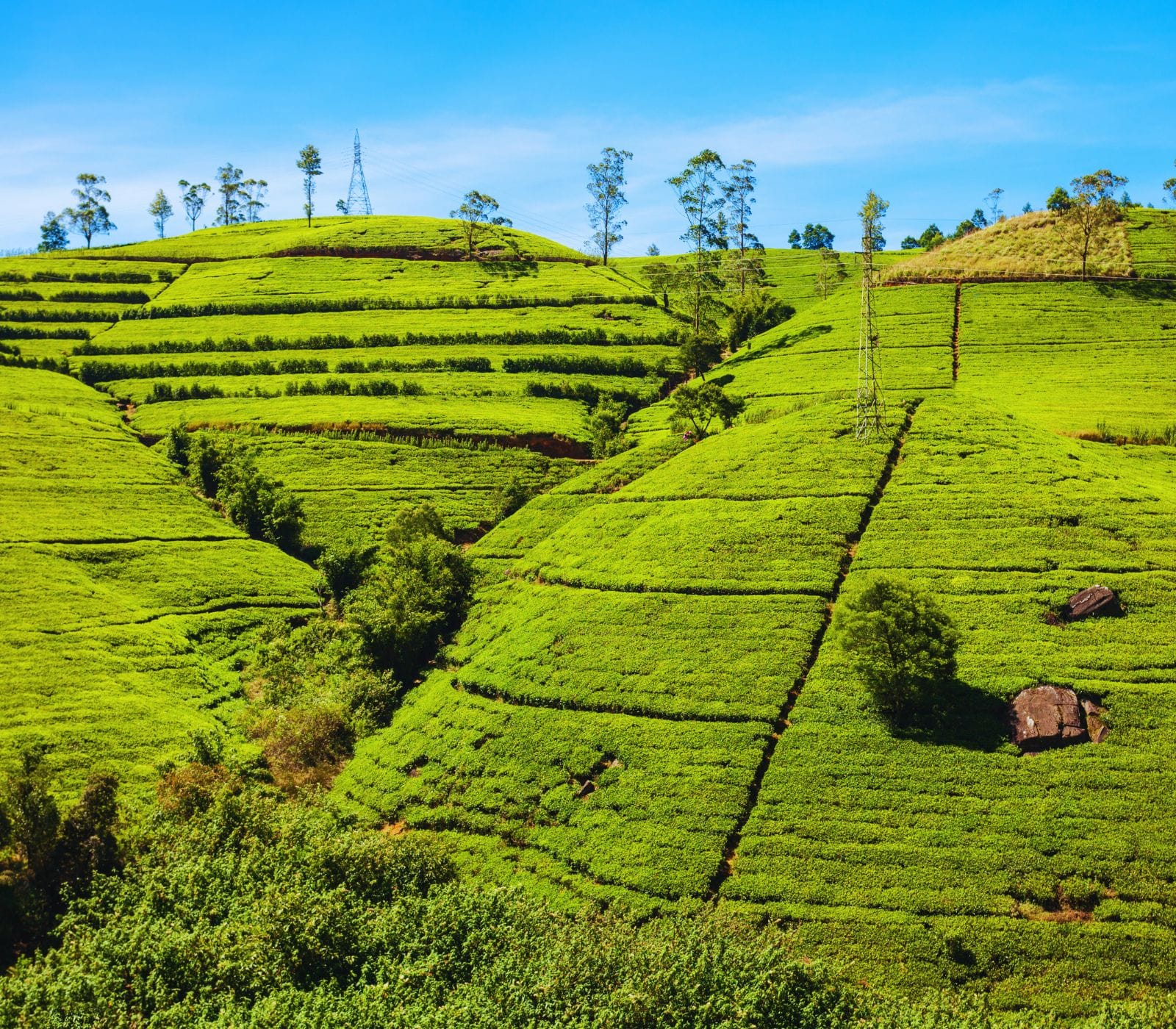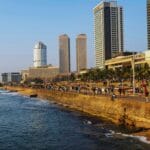
Perched on the coast not far away from the island’s southernmost point, the venerable port of GALLE has grown from ancient origins into Sri Lanka’s fourth largest city. In the center of modern Galle but strangely detached from it lies the old Dutch quarter, known as the Fort. Sri Lanka’s best-preserved colonial townscape, the Fort is surrounded within a series of huge bastions which now guard the area from modernization as efficiently as they once guarded Dutch trading interests from prowling adventurers. The Fort has an understated, sleepy charm, its low-rise streets lined with old churches and Dutch colonial villas, lots of which preserve original street-facing verandas, their white plaster now stripped by sea breezes and weathered to a peeling grey. The main pleasure here is just ambling round the atmospheric old streets and walls, savouring the easy way of life and refreshing shortage of traffic – you won’t find a quieter town elsewhere in the island.
Galle is a city of trade and, progressively, art. Today the Fort is packed full of little boutique shops, cafes and hotels owned by local and foreign artists, writers, photographers, designers and poets – a third of the houses belong to foreigners. Built by the Dutch, beginning in 1663, the 36-hectare Fort employs most of the promontory that forms the older part of Galle and is an amazing collection of structures going back through the centuries. Just walking the streets at random yields one architectural delight after another. Its glories have been observed by Unesco, which has made the Fort a World Heritage Site. A key part of the Fort’s allure, however, is that it isn’t just a pretty place. Rather, it remains a working community: there are managing offices, courts, export companies, lots of regular people populating the streets and a certain hype of energy in the air.












Leave a comment: